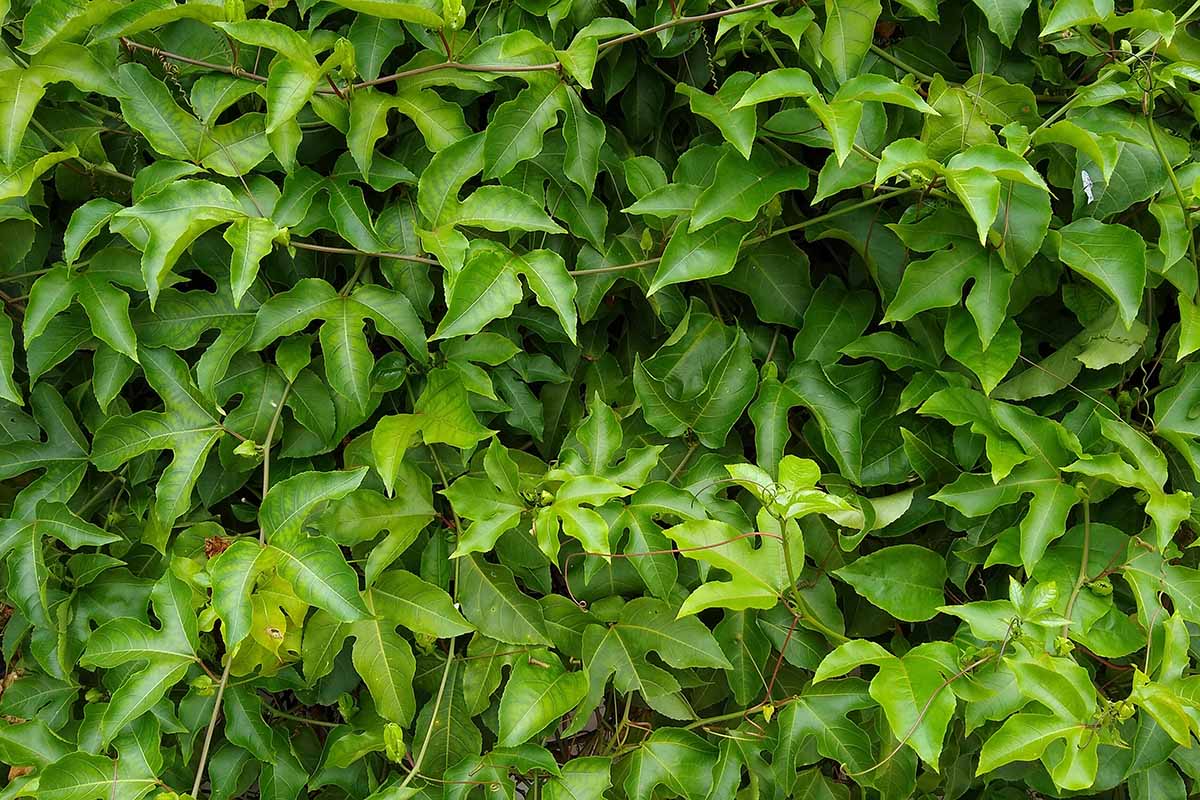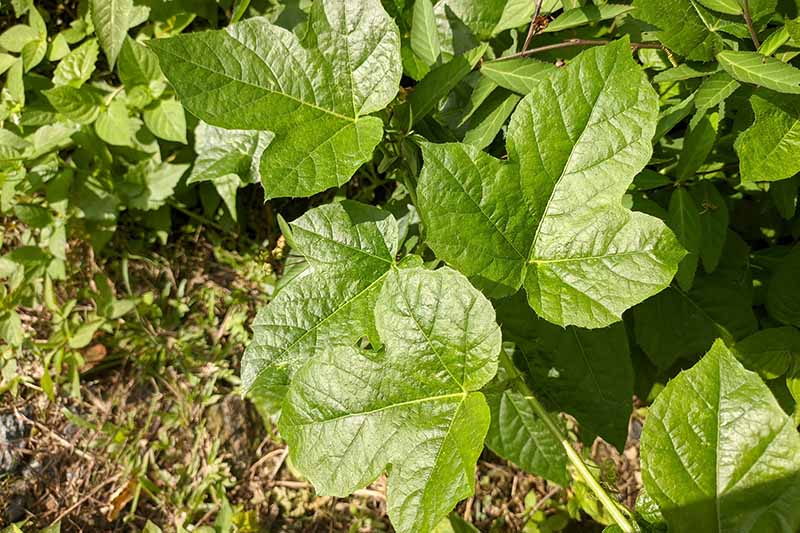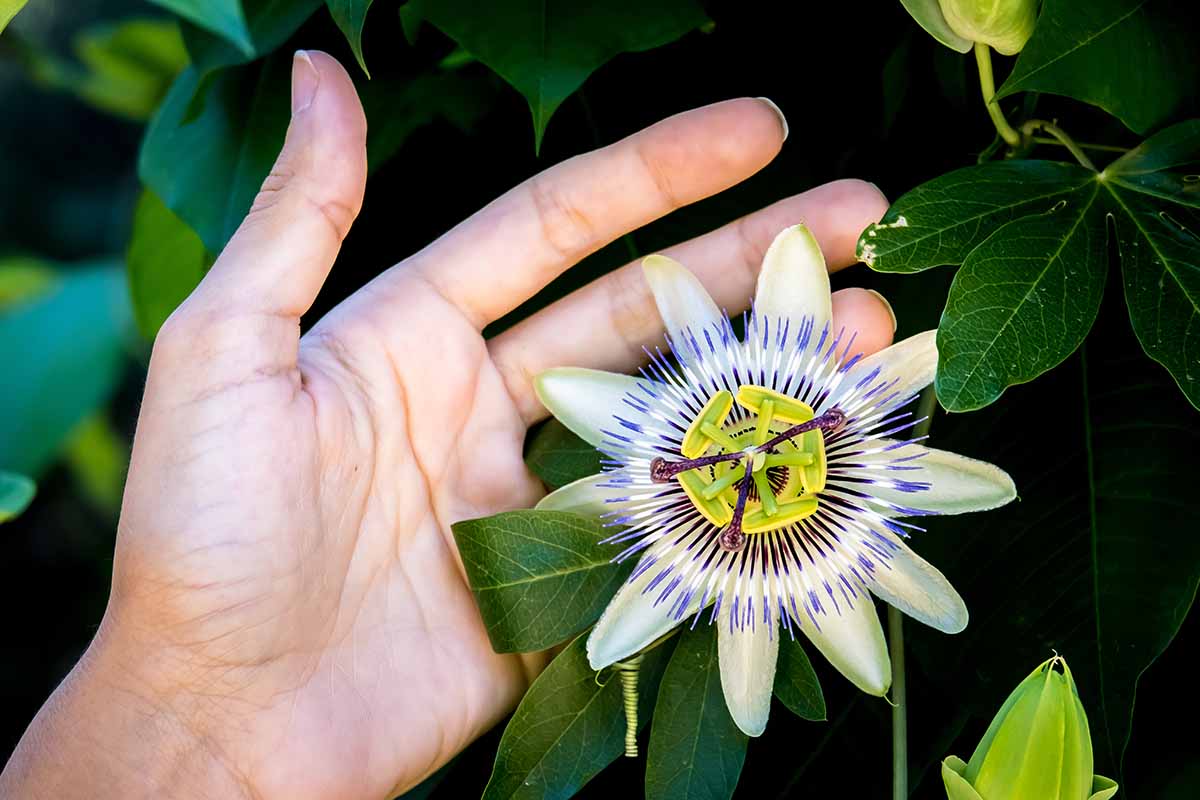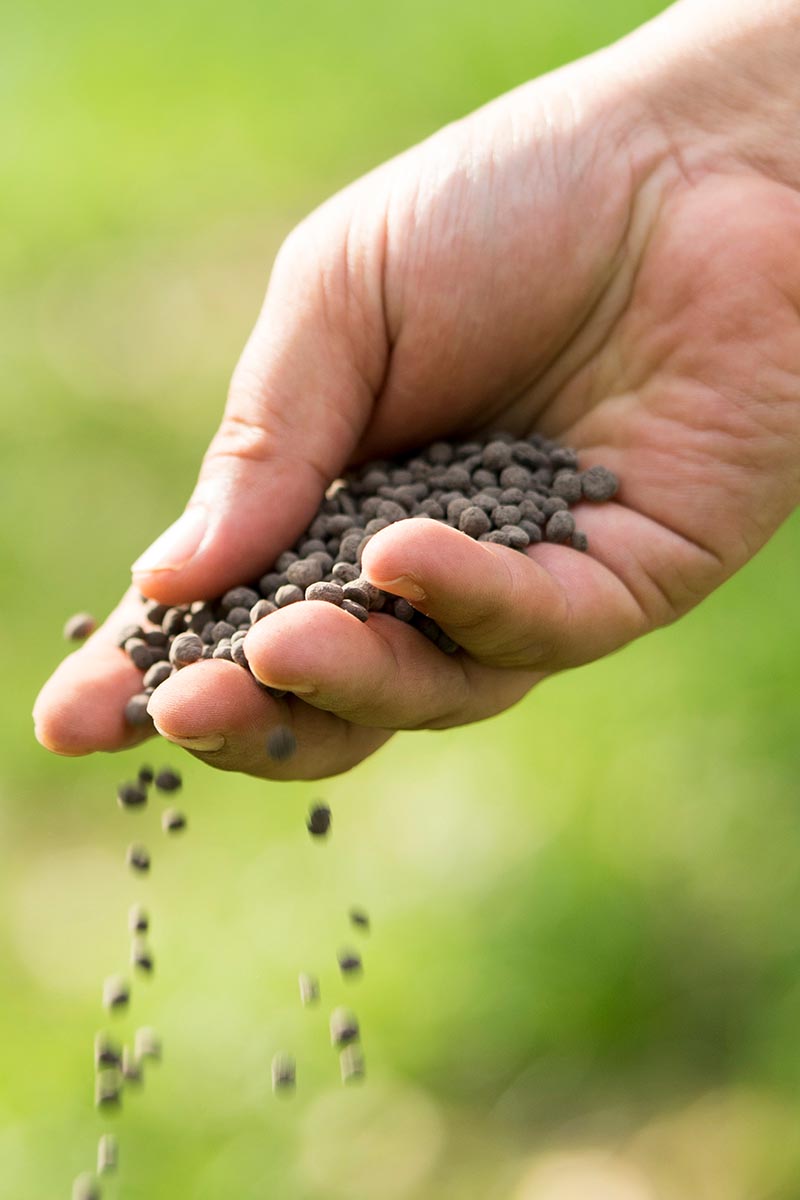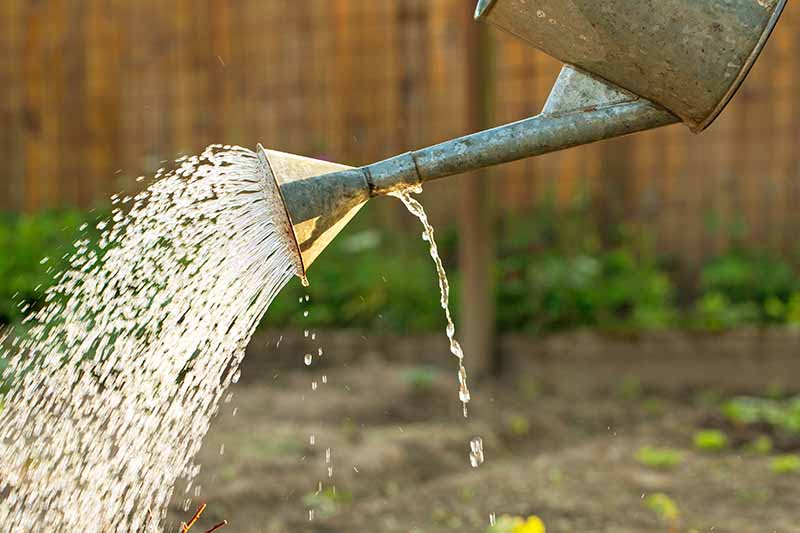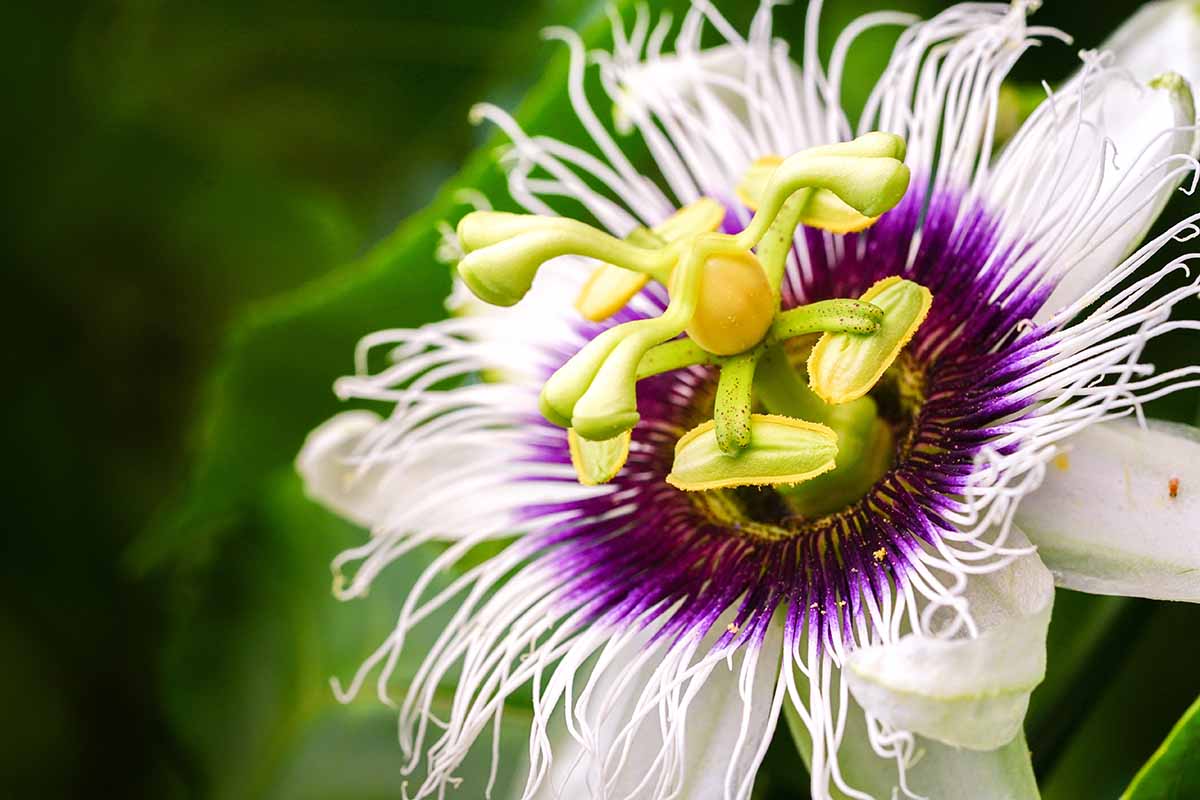If your passionflowers aren’t giving you that big, impressive display that you know and love, something’s wrong. We link to vendors to help you find relevant products. If you buy from one of our links, we may earn a commission. Here’s what we’re going to cover: The bad news is that there are a lot of things that can cause a lack of blooming. But the good news is that most of them are pretty easy to resolve! It’s never a bad idea to review our guide to growing passionflowers, to ensure that you’re doing all the things you should in order to support your plant’s growth. Ready to take a look at the most common reasons why these gorgeous plants may fail to bloom? Let’s jump right in.
1. Age
If you bought a vine that was already blooming, or if your plant has bloomed at least once before, then this definitely isn’t your problem. But if you bought a young seedling or started your plant from seed, your passionflower might simply be too young. Passionflower vines need about three or four years to mature and start blooming. Just give it time and enjoy the pretty foliage for a few years. However, if your plant is over four years old, it should be flowering. It’s time to consider one of the following issues instead. Don’t worry that your plant might have gotten too old to bloom. As long as new vines are emerging, you should be seeing new blossoms. If new vines aren’t forming, it could be due to disease, overcrowding, pests, sun exposure, or water issues. We’ll discuss those next.
2. Disease
There are several types of diseases that can impact passionflower blooming. Anthracnose, caused by the fungus Colletotrichum gloeosporioides, causes flowers to abort. Root rot can prevent the development of flowers, and cause existing buds and flowers to abort as well. The fungus Cladosporium oxysporum causes scab, which delays flowering in infected plants. Mosaic virus can cause delayed bud development or a lack of blossoms. Because diseases can manifest in so many different ways, you’ll need to examine your plant closely to determine if it has a disease. See our guide to passionflower disease for identification, prevention, and treatment tips. (coming soon!)
3. Feeding Problems
Passionflowers aren’t the most demanding in terms of nutrients, but they will need feeding now and then. If you didn’t test your soil prior to planting, you might want to do so now. If the test results indicate that the soil is lacking in any nutrients, add them in. If your plant has just a few flowers and a ton of foliage, the problem might be too much fertilizer, rather than too little. Specifically, the vine might be getting too much nitrogen. Stop fertilizing and water as frequently as you can to flush out the excess. Our guide to feeding passionflowers has lots more helpful information.
4. Overcrowding
If overcrowding is the problem, you’re more likely to see just a few blossoms or smaller flowers rather than none at all. Passionflowers do well when their roots are a little crowded, but it is possible to have too much of a good thing. If you’re growing your plants in a container, it might be time to upgrade to a size up. Remove the plant from its existing container and check out those roots. If you’re seeing far more roots than soil, or lots of roots coming out of the drainage holes, loosen them up and transplant into a larger container. You don’t need to worry about the roots in the ground having enough space, but you should be mindful about the vines becoming too crowded. Each year, head outside with pruners and snip away some of the older or weaker vines. Then, just shape things up and remove a few of the vines from spots that look a bit overcrowded.
5. Pests
Pests such as aphids and thrips can cause flowering to be delayed or stunted, or they may cause the flowers that do emerge to be distorted. Examine your plant closely for any signs that pests are present and address the issue promptly.
6. Sun Exposure
Different species of passionflowers have different sun exposure preferences, but in general, the plants need full to partial sun. If your plant is in an area with too much shade, it won’t bloom. If your vine is also leggy, you can be fairly confident this is the problem. To confirm that your plant isn’t receiving the sun it needs, observe it each hour for one full day and record how long the plant is in direct sunlight. Then, compare that to the recommended exposure for your particular species or cultivar. If too much shade is the problem, you’ll need to do some trimming of nearby plants or move your vine somewhere a bit sunnier.
7. Water
It’s no big deal if you over- or underwater your plant once or twice, but chronic watering issues will cause passionflowers to become stressed – and stress means they might not bloom. Ensure that you’re providing water once the surface of the soil begins to dry out. The soil should be moist but not soaking wet at all times. Most of the time, reducing the amount of water is sufficient to improve things, but if you have heavy clay or poorly-draining soil, you’ll need to carefully dig the plant out of the soil and work in lots of well-rotted compost at least a foot down and out. Replant in the amended soil. If you’re growing in a container, be sure that it has at least one drainage hole. If not, drill one or repot in a container with drainage. If you haven’t refreshed the soil in the container for five or more years, pull the plant from the container, remove as much of the soil as possible, and repot with fresh potting soil. It felt like that passionflower was mocking me (and yes, I do tend to anthropomorphize my plants) with its refusal to do what it was bred to do. But we came to an understanding and I moved the container to a sunnier spot. I was rewarded with a much happier plant that was absolutely lousy with blossoms within a month. I hope this guide helps you tackle your own passionflower woes. Once you’ve resolved the issue, come back and let us know what worked for you. Share in the comments! For more fabulous vine-growing options, you might be interested in the following guides:
The Complete Clematis Growing GuideBest Non-Invasive Flowering Vines to Grow in the NorthHow to Grow Hyacinth Bean Vines

